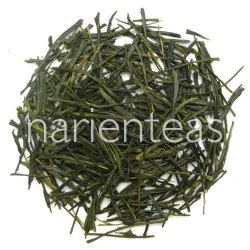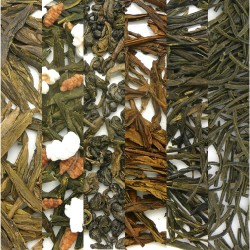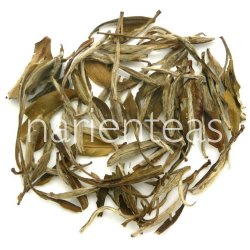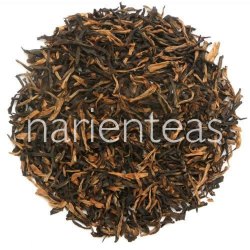- Brewing & Distilling
- Caffeine Free
- Culinary
- Fair Trade
- Medicinal
- Organic
- Sprouting Seeds
- Tisane
- Viable Seeds
- Wildcrafted
Free Shipping $49+
January Discount 10%
Tea Seeds
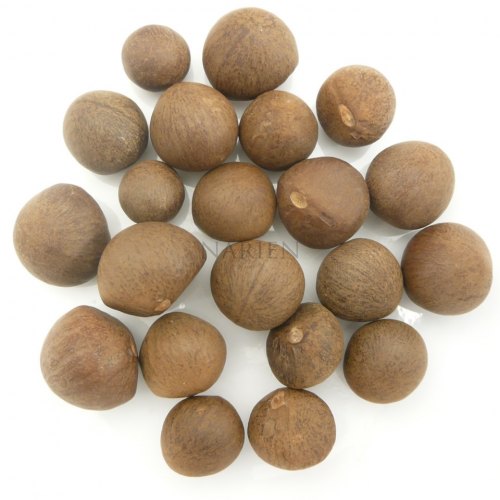
Camellia Sinensis tea plant seeds. The source of Black, Green, Oolong and White Teas.
Cold hardy and tolerant of full sun, although the ideal situation is light shade or half day of shade. Grows best in climate zones 6B-10. Usually forms a small evergreen shrub, but can also form a tree if not trimmed.
Camellia sinensis var. assamica (Assam tea, Indian tea) is very similar to Camellia sinensis var. sinensis (Chinese tea) but the leaves are larger, thinner and leathery in texture.

Tea is one of the oldest beverages and after centuries of cultivation and enjoyment, few changes have been needed to keep it among the most popular. Despite its incredibly simple preparation, this beverage is capable of delivering wonderfully refreshing and revitalizing flavors.
Though tea drinking can create a feeling of tranquility, growing your own tea can be the ultimate in serenity. Taking a tea seed, creating the perfect environment for germination and nurturing it into a full grown plant that can produce tea for you to drink is an incredible feeling.
It could take a full 2-3 years from germination until a plant is fully matured and capable of producing tea to drink, but the satisfaction of production and care that you'll put into the cultivation make it well worth the wait for the end result.
Like fine wine, the quality, flavor, and aroma of tea is influenced by its growing conditions. Some of the finest tea in the world is usually grown at high elevations with ample rainfall year round. (at least 40 inches).
You'll often find that some of the best teas to drink are grown in areas of high elevation on the side of hills where they will get the moisture they need, but where any excess water will drain off. Many teas are often grown in areas where the humidity is relatively high and the air is constantly moist. Though most people don't have gardens placed precariously on top of hills or in areas with ample rain and moist air - it is possible to produce wonderful teas in your home garden or even inside your home if you have the necessary supplies and follow a few simple instructions.
How to Grow Tea
Tea seeds are relatively easy to grow. If you are not planting right away, store the tea seeds in a refrigerator. Tea seeds left at room temperature will rapidly loose moisture and become less viable.- Soak the tea seeds in water overnight prior to planting.
- Place tea seeds in a plastic ziploc bag with a moist paper towel. The seeds will split when ready to plant in soil.
- Plant the seeds in a small pot or seed starting containers, and cover with approx. 2.5 cm (1 inch) of soil. Best soils to use are a well draining organic potting soil.
- Water frequently by misting to keep the soil moist, but not soaked. A misting spray bottle works well.
- Place the plants in a shaded area until the seeds begin to sprout, then gradually move outdoors into sunlight. If using grow lights inside or in a greenhouse, make sure the plants receive approximately 12-18 hours of light.
- Water approximately two times per week in the first year as the roots become established.
Teas grow well in warm, humid environments, so if you reside in an area that gets cool weather in the winter and you are planning on growing outdoors you'll need to move them inside during times of cold temperatures. If you have, or can set up a green house area, where you can control the temperature, moisture and light you should have no problem at all with the growing process regardless of the climate in your region.
Germination may take up to six to eight weeks, and as the plants first begin to grow it's important that they have some shade and aren't overexposed to the sun to ensure that the young plants don't dry out. As your plants begin to develop and its roots become stronger, you can gradually allow them to be exposed to more and more full sunlight. If you are growing in a controlled environment, twelve hours of light per day is ideal as your plants begin to reach maturity.
Regular watering is essential as the roots of your tea become established, approximately two times a week is usually sufficient and rather than just soaking the soil you could mist the entire plant during waterings.
Camellia Sinensis is an evergreen shrub best suited for zones 6 though zone 8 (Mid-west to Southern US). Grow tea in a well-drained and sandy soil that is slightly on the acidic side.
A typical tea plant will produce several thousand tea leaves per year. For a consistent daily supply for a family a hedge will be needed. If you are planning on growing your tea plant indoors, you'll need to prune it so that it doesn't outgrow its environment. Tea plants can flourish in very small areas, but without trimming they will continue to grow and can reach in excess of two meters in height - which may be a bit tall for some environments.
Harvesting and Processing Tea
Once your plants have grown to full maturity and are capable of producing tea to harvest you can experiment with different drying and roasting techniques to create different wonderful varieties of tea. When plucking the leaves, pick young shoots with 2-3 leaves (bud and the second and third leaves). This is called fine plucking. If more leaves are taken with the bud it is called coarse plucking and produces a lower quality tea. To make black tea, a stronger tea with more caffeine there are several steps to complete after picking the leaves.- First spread the tea leaves out in the sun to wilt for 30-40 minutes, gently turning the leaves at least twice. If the sun is too direct and intense shade the leaves partially, they will soon begin to lose moisture.
- Next, move the leaves indoors, gently toss for 1-2 minutes and spread into thin layer. Let sit for an hour or two.
- After the leaves have withered in the sun and rested for a few hours, they need to be gently rolled to induce oxidation.
- Take handfuls of leaves and rub them together between your hands until the leaves darken and become crinkled. This allows the essential oils to coat the surface of the leaves. Repeat several times for 2-3 hours until all the leaves are bruised, be careful not to break the leaves.
- Spread the leaves 2-3 inches thick on a tray and place in a cool, windless location. As the oxidation process begins the leaves will start to turn a coppery brown color. Toss the leaves several times.
- Dry the leaves by firing (not frying) in a large pan or placing the leaves on a tray in an oven at 250 degrees fahrenheit for 20 minutes until the leaves turn to black. This stops the oxidation process. The tea is now ready.
Making green tea requires that the tea leaves are steamed or fired earlier to stop the oxidation process. After oxidation is stopped, the leaves should be rolled to release the remaining moisture. and dried with hot air or in a oven and stored.
Oolong tea should be partially oxidized for a different flavor. Spread the leaves in thin layers on a tray and set in a shady location for 1 to 3 days before being heated.
To make white tea, pick the buds of the tea plant before they fully open, and stop the oxidation process with hot air or in an oven.
After processing the tea, store in an airtight container to maintain freshness. Tea is very susceptible to absorbing other aromas.
Once you've mastered the harvesting, drying and roasting of your home grown teas you can begin experimenting with adding other flavors to your brews to create unique to flavor profiles that you enjoy - there are really no limits to the refreshing and delightful flavors that you'll be able to put together from the plants that you've cultivated in your very own tea garden.
Recommended
These statements have not been evaluated by the Food and Drug Administration. This product is not intended to diagnose, treat, cure, or prevent any disease.
